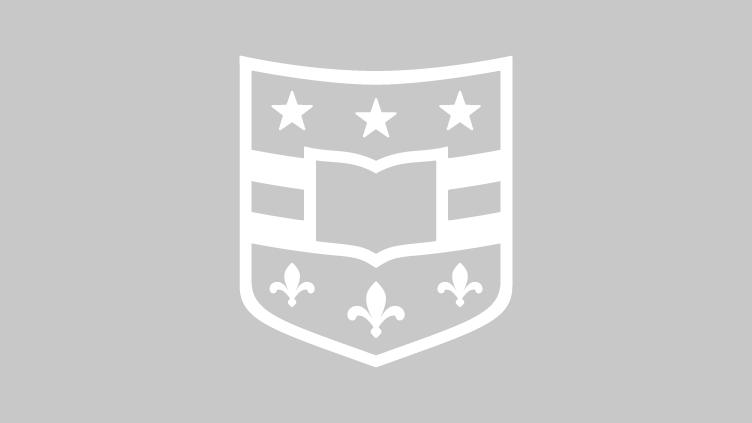Study to determine if asthma drugs can reduce need for steroids in kids
The 30-week trial is called MARS and is part of a national study sponsored by the National Heart, Lung, and Blood Institute.
Oncologists could gain therapeutic edge by targeting telomere protein
Researchers found that Rad9, previously considered a “watchman” that checks for DNA damage, is actually a “repairman” that fixes dangerous breaks in DNA.
More medical news
Poor neighborhood conditions triple risk for disabilities
The gray shading shows the areas surveyed for the study.A comparison of residential areas in the St. Louis region reveales that late middle-aged and older African-Americans who live in rundown neighborhoods with poor air and street quality are three times more likely to develop difficulties walking, standing, or lifting than those in cleaner, better-maintained areas.
Anti-inflammatory drug’s potentially deadly side effect found to be rare
Scientists have completed an extensive study of more than 3,000 patients who received a promising anti-inflammatory drug, natalizumab, that was linked to three cases of a serious brain infection in large clinical trials halted in early 2005.
Girl inspires family to get on fitness track
A program designed by the Weight Management Center at the School of Medicine and the YMCA of Chesterfield has helped the Garcia family from Chesterfield lose roughly 105 pounds. The Family Lifestyle Intervention Program (FLIP) is designed to show families how to get healthy together through supervised exercise, counseling and education.
Study: Diabetic hearts live on high-fat ‘diet’
Such a “diet” helps make cardiovascular disease the most common killer of diabetic patients, according to a recently published School of Medicine study.
More medical news
New center arises from success of radioactive-implant therapy
Simon Powell & Jeff Michalski have announced the appointment of Perry W. Grigsby, M.D., professor of radiation oncology, as the center’s director.
Saudi health-care execs study management
Photo by Robert BostonParticipants in the School of Medicine’s Executive master in health administration program play the “Red Bead Game.”The two-year executive master in health administration program was created specifically for 18 participants from the Riyadh-based King Fahad Medical City.
Rhesus genome sequencing to help scientists in research
Researchers at the Genome Sequencing Center at the School of Medicine were major contributors to the monkey’s genome, made publicly available this month.
Patients wanted for studies of polycystic kidney disease treatment
Small-scale preliminary trials suggested that careful control of blood pressure could possibly delay or even prevent kidney failure in patients with polycystic kidney disease (PKD), which affects more than 600,000 people in the United States.
View More Stories
